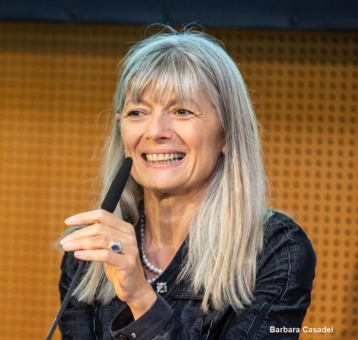Multitasking Atrial Fibrillation

Atrial fibrillation (AF) affects approximately 50 million individuals worldwide and is associated with a significantly higher risk of embolic stroke, heart failure, myocardial infarction and death. With the exception of anticoagulation to prevent cardioembolic complications, no other treatment has been shown to reduce mortality or prevent major cardiovascular events in patients with AF, despite many decades of research that has mostly focused on atrial electrical properties and ion channels as therapeutic targets. This situation calls for a critical appraisal of the prevailing views on the pathogenesis of AF and highlights a pressing need for clinicians and basic scientists to work together and look at an “old problem” with fresher and more imaginative eyes.
Up to now, the prevailing view is that, once AF is triggered by ectopic activity from the myocardial sleeves of the pulmonary veins, electrical and structural remodeling of the atria induced by the arrhythmia accounts for its persistence and the difficulty in recovering or maintaining sinus rhythm with either antiarrhythmic drugs or invasive procedures. Whilst AF-induced remodeling has been observed both in humans and animal models, the mechanisms responsible for this phenomenon are unclear, as is its direct relevance to human AF and its associated thromboembolic risk.
My lecture will review some of the recently uncovered molecular mechanisms underpinning AF-induced atrial remodeling and complement these findings with data from investigations undertaken in mechanistic patient studies using advanced imaging techniques. Taken together, investigations in humans point to a wide range of substrates leading to AF, including impaired coronary microcirculation, altered myocardial energetics, abnormal left atrial flow and local inflammation, all of which may underpin both the arrhythmia and the associated increase in cardioembolic stroke.








